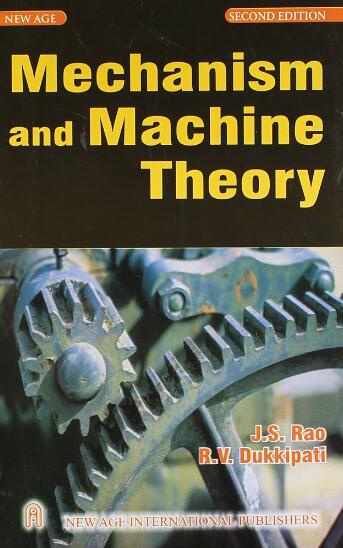Tensor based approach for tooth contact analysis of planar and spatial gearing contact
IF 4.5
1区 工程技术
Q1 ENGINEERING, MECHANICAL
引用次数: 0
Abstract
This paper presents a new method for analysing gear tooth contact, leveraging tensor notation and discrete differential geometry. Existing analytical and numerical methods often face challenges in convergence and computational efficiency. Our proposed approach involves defining a novel tensor notation and applying it to the gear tooth contact kinematics problem. By discretizing the tooth surfaces and using tensor operations, we can accurately determine the kinematics, path of contact, and transmission error of the gear pair. To validate our approach, we compared its results with those obtained from commercial software, KISSsoft and KiMOS. The results demonstrated high accuracy, with mean absolute errors below 0.08 for specific sliding, 0.003 for sliding factor, and for transmission error. Furthermore, we applied our method to analyse non-involute gear types, such as S-gears, pin gearing and cosine gears. Our findings revealed the kinematic performance and contact characteristics of these gear types, providing valuable insights for gear design and optimization. In conclusion, the proposed tensor-based approach offers a promising alternative for gear tooth contact analysis, providing accurate and efficient results for a wide range of gear types.
基于张量的平面和空间齿轮接触齿接触分析方法
本文提出了一种利用张量符号和离散微分几何分析齿轮齿接触的新方法。现有的分析和数值方法往往在收敛性和计算效率方面面临挑战。我们提出的方法包括定义一种新颖的张量符号,并将其应用于齿轮轮齿接触运动学问题。通过对齿面进行离散化并使用张量运算,我们可以精确地确定齿轮副的运动学、接触路径和传动误差。为了验证我们的方法,我们将其结果与商业软件 KISSsoft 和 KiMOS 得出的结果进行了比较。结果显示精度很高,具体滑动的平均绝对误差低于 0.08,滑动系数低于 0.003,传动误差低于 0.1μm。此外,我们还应用我们的方法分析了非渐开线齿轮类型,如 S 齿轮、销齿轮和余弦齿轮。我们的研究结果揭示了这些齿轮类型的运动学性能和接触特性,为齿轮设计和优化提供了有价值的见解。总之,所提出的基于张量的方法为齿轮齿接触分析提供了一种很有前途的替代方法,可为各种类型的齿轮提供精确、高效的结果。
本文章由计算机程序翻译,如有差异,请以英文原文为准。
求助全文
约1分钟内获得全文
求助全文
来源期刊

Mechanism and Machine Theory
工程技术-工程:机械
CiteScore
9.90
自引率
23.10%
发文量
450
审稿时长
20 days
期刊介绍:
Mechanism and Machine Theory provides a medium of communication between engineers and scientists engaged in research and development within the fields of knowledge embraced by IFToMM, the International Federation for the Promotion of Mechanism and Machine Science, therefore affiliated with IFToMM as its official research journal.
The main topics are:
Design Theory and Methodology;
Haptics and Human-Machine-Interfaces;
Robotics, Mechatronics and Micro-Machines;
Mechanisms, Mechanical Transmissions and Machines;
Kinematics, Dynamics, and Control of Mechanical Systems;
Applications to Bioengineering and Molecular Chemistry
 求助内容:
求助内容: 应助结果提醒方式:
应助结果提醒方式:


